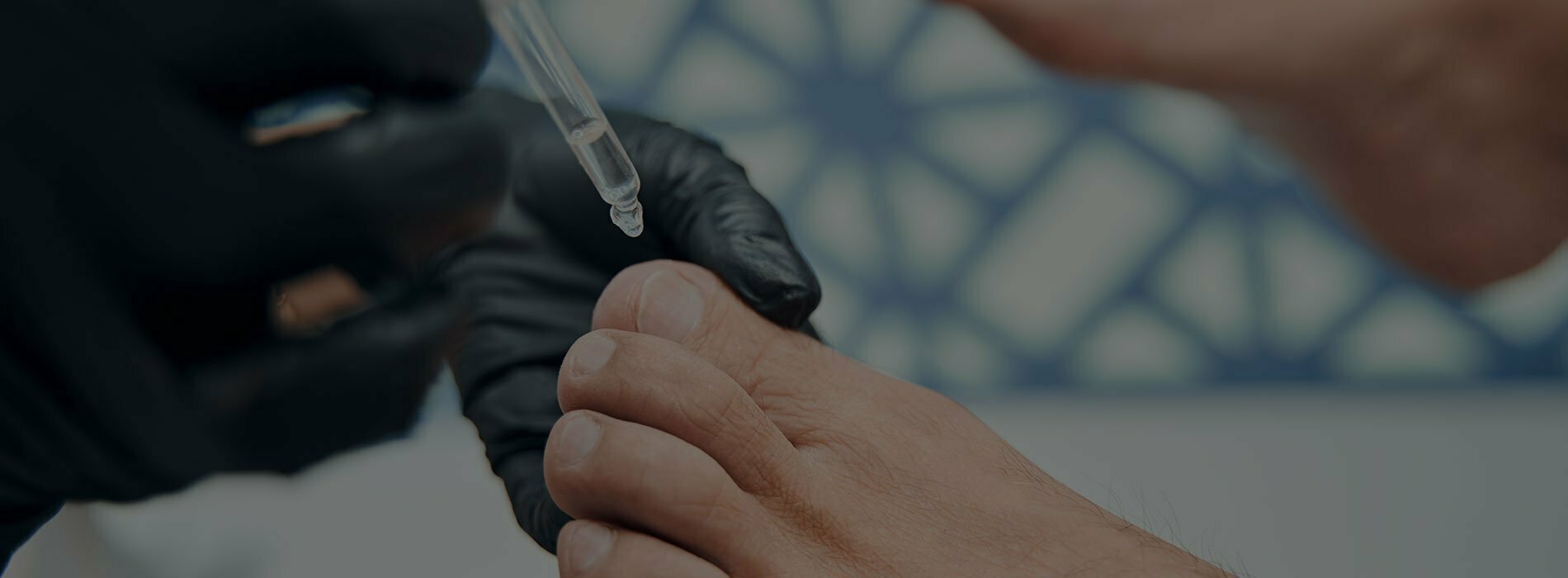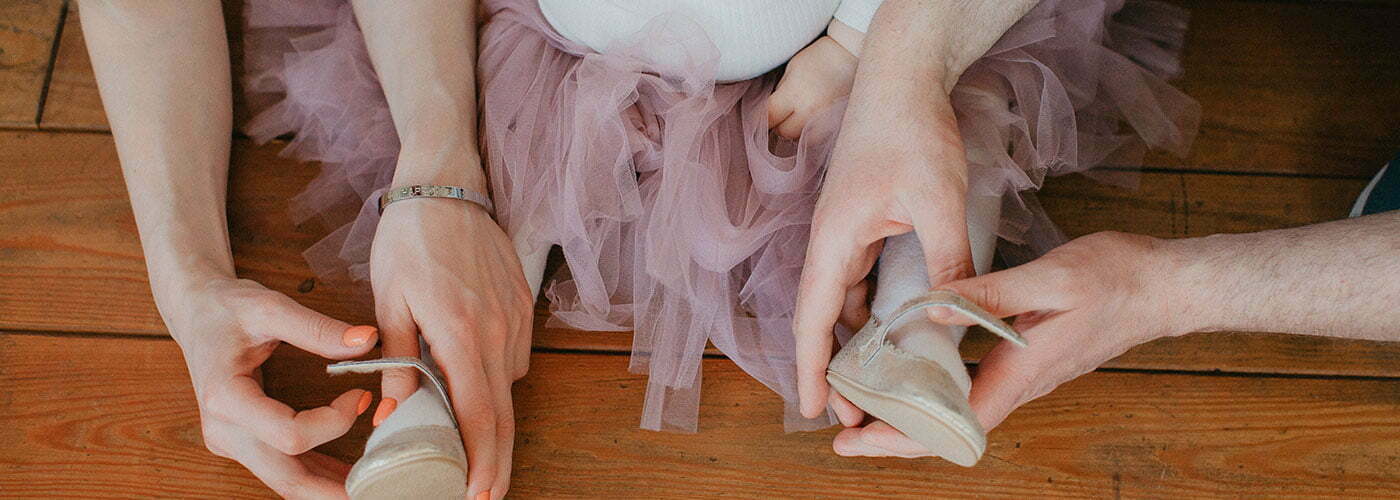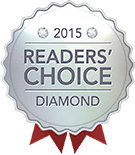Toronto:
647-695-2611
[email protected]
Belleville:
613-902-5001
[email protected]


What Are the Key Components of a Great Baby Shoe?
Since a baby’s foot is developing and malleable, it’s vulnerable. So, it’s important to stay away from any narrow or confining shoes that prevent a baby’s foot from remaining flexible. Overuse of confining footwear can lead to foot problems like clubbed feet, pigeon toes and other deformities. A great shoe allows a child’s foot to be flexible in any situation, while still protecting their feet. Any baby shoe bought should be soft and wide for maximum flexibility. If a child doesn’t need to wear shoes, then shoes shouldn’t be put on them. Allowing a baby to be barefoot in the home is healthier than confining the baby to shoes that could lead to problems in the future. When picking out the proper shoes follow these five tips Dr. Rebecca Pruthi, a podiatrist from New York City, recommends.
Don’t immediately put shoes on your baby – When buying baby’s first shoes, wait until baby’s up and walking for sure. This could be anywhere between 10 to 18 months. Putting shoes on babies when their feet won’t be touching the ground is essentially asking for foot problems, because the shoes prevent proper foot growth.
Always make sure to buy a shoe that is the correct size – As mentioned, flexibility is key when buying a baby’s first shoes, and many pairs after that. If the shoe is too stiff and confines the baby’s movement, it is not the shoe for them. A shoe must be malleable for it to work well for the child and prevent future foot issues.
Never try to buy baby shoes in the morning – For the most accurate shoe sizing, trying shoes on later in the day while baby’s feet are most swollen is essential, especially for baby and children’s shoes. During this time, it’s important to try baby shoes on with socks as well, to ensure that you’ll be buying shoes with maximum flexibility.
Never buy arched or ankle-support shoes – All babies come out flat-footed and don’t develop arching until later on – if they do. Their foot anatomy is much different than ours and shouldn’t be confined to ankle support or arch support shoes.
Remember to replace baby shoes consistently – Babies are not in a specific size for long, especially when it comes to shoes. Forcing a baby’s foot into shoes that don’t fit just to avoid buying new ones will cause more harm than good in the future. As soon as the baby shoe shows signs of not fitting, it’s time to get a new pair.
Materials Are Worth A Second Look
While flexibility is important, the material of the shoe is also important. Those trendy jelly shoes from the 90’s may bring back memories for the parent, but a baby shouldn’t be confined to this style. This type of material causes over-sweating and can cause discomfort and rashes, which can lead to infection. Shoes that are made of other stretchy materials like canvas or cloth allow the child’s foot to move as it needs to, flowing around the movement of the foot.




Toronto Office:
27 Queen Street E Toronto, ON M5C 2M6,
647-695-2611 | [email protected]
Belleville Office:
